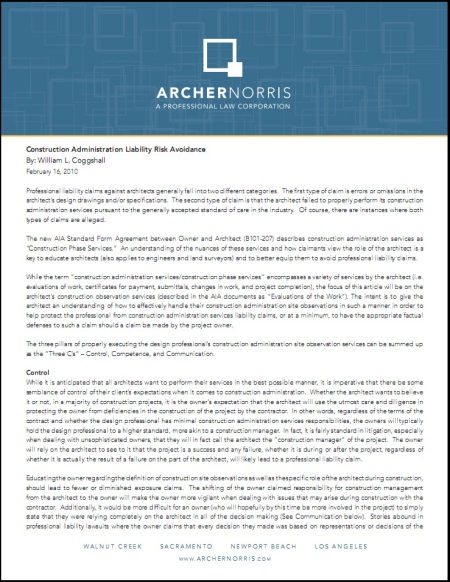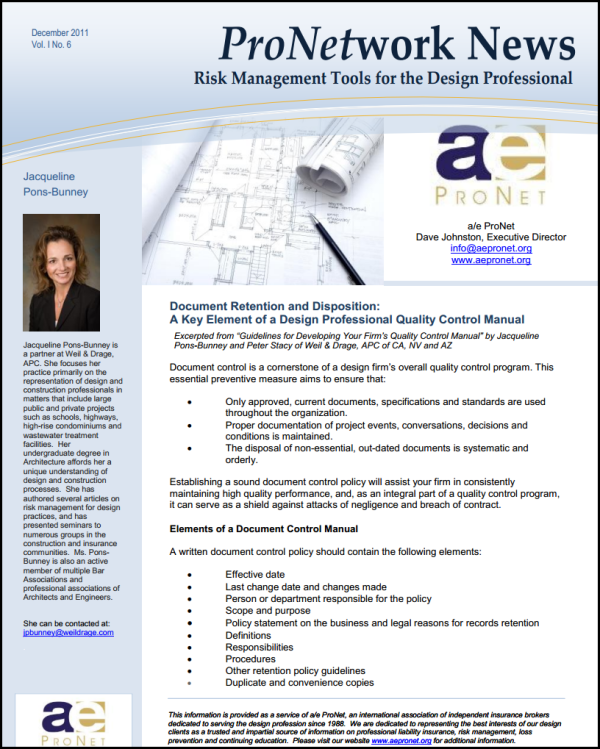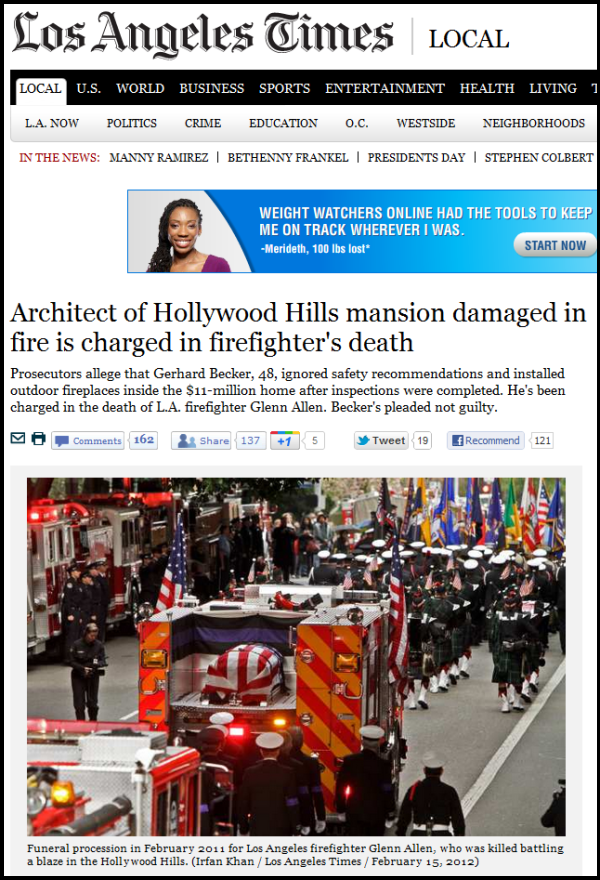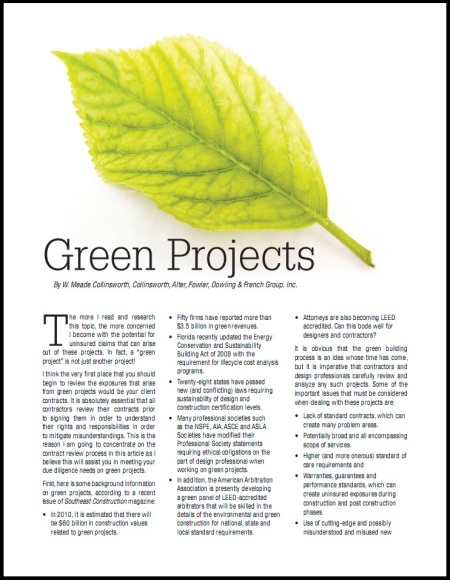 Contract negotiations can be tough, and this is especially true for Architects and Engineers (A/Es). When an A/E is hired by an Owner who lacks prior experience with the nuances of a design professional’s insurance policies, or when an A/E is hired by a contractor (rather than by another design professional), misconceptions and poorly worded Insurance Requirements can fuel adversity in the negotiation process.
Contract negotiations can be tough, and this is especially true for Architects and Engineers (A/Es). When an A/E is hired by an Owner who lacks prior experience with the nuances of a design professional’s insurance policies, or when an A/E is hired by a contractor (rather than by another design professional), misconceptions and poorly worded Insurance Requirements can fuel adversity in the negotiation process.
The easiest way to avoid deadlock is for the A/E to ask questions of their insurance brokers in advance, thus preparing themselves to educate the other interested parties about the realities of an A/Es insurance coverage. Some frequently asked questions which arise in these negotiations are:
The Owner/Contractor wants to be added to my Professional Liability policy as an Additional Insured. Why can’t I add Additional Insureds to my Professional Liability (E&O) policy?
“A common misunderstanding about E&O insurance involves a client’s desire to be added as an additional insured and to gain a defense through the E&O policy. A/Es cannot add additional insureds on their E&O policies because the other entities are not providing services on behalf of the firm. E&O insurers will not provide this coverage, thus a contractual obligation to do so becomes an impossible situation for the A/E. E&O policies typically also have an ‘insured versus insured’ exclusion in which there is no coverage for claims between insureds. If a client became an insured under the E&O policy, the A/E would not be covered for the client’s claim.”
What does indemnification mean?
“To ‘indemnify’ does not mean that a claimant can profit from the A/E’s errors or negligence – it means that the claimant should be restored to the position they were in prior to the loss; they should be ‘made whole.’ As an example, if an A/E failed to specify interior doors on a new office building, the owner/client would not get ‘free’ doors as damages, but would instead be indemnified for additional expenses caused by adding the doors after the bidding process (e.g. additional shipping, extra installation charges, increased cost of the materials ordered at the later date, etc.).”
The Owner doesn’t want there to be a Contractual Liability Exclusion in my Professional Liability policy. What is a Contractual Liability Exclusion and does my policy have one?
“Yes, E&O policies also contain a ‘contractual liability’ exclusion which will not cover liability assumed by contract unless liability would exist absent the contractual undertaking.This exclusion is meant to protect the A/E from overextending themselves in an effort to protect a client.
“It is worth noting here that an Architect or Engineer does not have corporate protection (no ‘corporate veil’) from personal liability arising out of the performance of professional services. When considering the severe risks they may be assuming when providing design services, it is no wonder that the Architects and Engineers take contract negotiation and insurance coverages very seriously.”
Portions of these answers have been excerpted from one of our ProNet Guest Essays, this one titled Architects’ and Engineers’ Insurance — What does it cover? The essay, authored by a/e ProNet Member Diane Hoskins of Wortham Insurance & Risk Management, goes on to answer several other FAQs. Download the full PDF version here.








